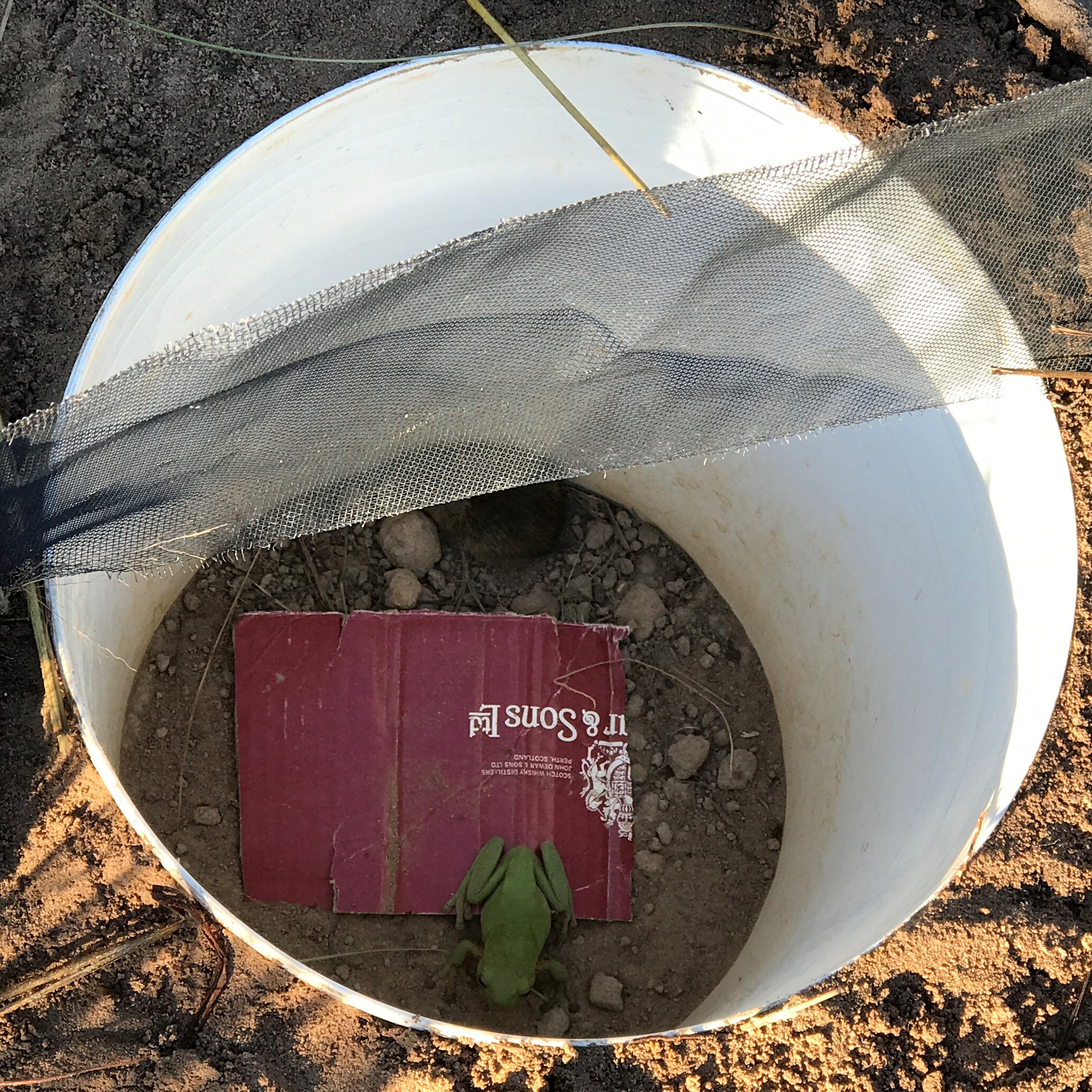


The second best time is now.” -Unattributed proverb “ The best time to plant a tree is 20 years ago. Overall, we aim to compile a resource that can be used by diverse individuals and organizations seeking to initiate or improve insect monitoring programs in this era of rapid change. We additionally suggest protocols for scalable insect monitoring, from backyards to national parks. For each method, we discuss key topics such as recommended spatial and temporal scales of sampling, important metadata to track, and degree of replication needed to produce rigorous estimates of ecological responses. To track these responses, we present seven primary insect sampling methods-malaise trapping, light trapping, pan trapping, pitfall trappings, beating sheets, acoustic monitoring, and active visual surveys-and recommend standards while highlighting examples of model programs. To begin to address this problem, we provide simple guidelines for maximizing return on proven inventory methods that will provide insect benchmarking data suitable for a variety of ecological responses, including occurrence and distribution, phenology, abundance and biomass, and diversity and species composition. However, due to the immense diversity of insects and a vast assortment of data collection methods, there is a general lack of standardization in insect monitoring methods, such that a sudden and unplanned expansion of data collection may fail to meet its ecological potential or conservation needs without a coordinated focus on standards and best practices. The growing recognition that insect populations may be in decline has given rise to a renewed call for insect population monitoring by scientists, and a desire from the broader public to participate in insect surveys. 3Department of Biology, University of Florida, Gainesville, FL, United Statesīenchmark studies of insect populations are increasingly relevant and needed amid accelerating concern about insect trends in the Anthropocene.2Florida Museum of Natural History, University of Florida, Gainesville, FL, United States.1Department of Ecology and Evolutionary Biology, University of California, Los Angeles, Los Angeles, CA, United States.


 0 kommentar(er)
0 kommentar(er)
